Pirates terrorized the seven seas in history. The exploits of these ship plunderers remain famous to this day, but they were very different from the friendly pirates seen in the movies.
Privateers were hired by the state to attack their enemies at sea and harassed commercial ships in designated zones. Those being plundered saw those guns as a way to make money. Others who started out in state-sanctioned work became pirates when the lure of old was too great, and they struck out under their own flag to illegally raid rich merchant vessels.
Pirates were feared by sailors around the world because they were so successful. Here are some of the most notorious pirates.
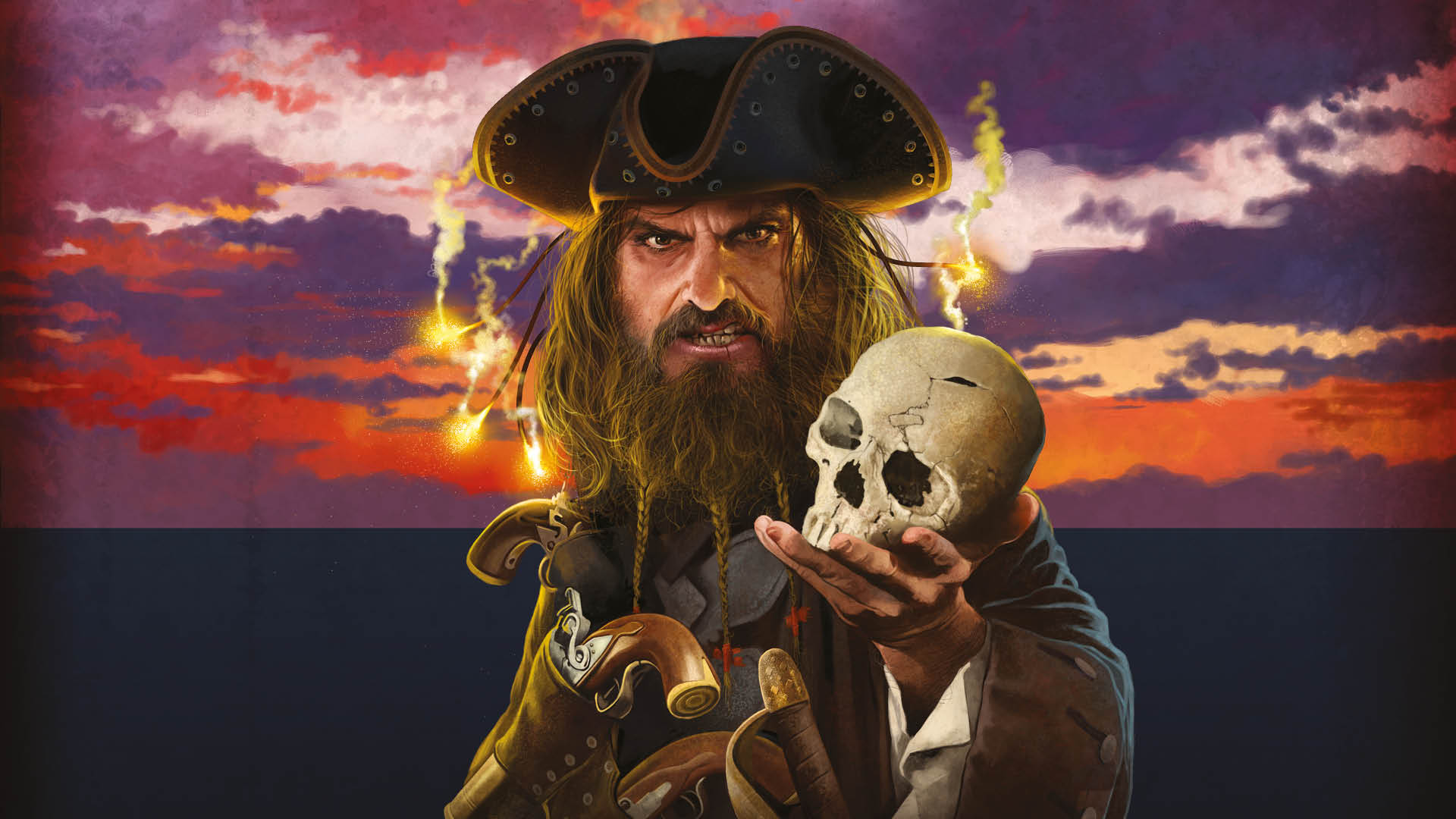
Even though his life is shrouded in mystery, Blackbeard is the best-known pirate in history. Much of what we know about him and other pirates of his time comes from a book called A General History of the Pyrates. The book is often attributed to author Daniel Defoe, who wrote famous novels such as Robinson Crusoe, but nobody is sure who wrote it. Some of the book is backed up by government documents of the time, but scholars have proven other parts to be false, so it is not an entirely reliable source.
RECOMMENDED VIDEOS FOR YOU...
The book says that Edward Thatch, who was born in Bristol, England, was a privateer during the War of the Spanish Succession. In 1716, he turned to pirating in the Caribbean Sea and off the coast of South Carolina and Virginia in his ship, named Queen Anne's Revenge.
Thatch had a huge beard, and while in action, he carried three pistols, hanging in holsters like Bandoliers, and stuck lighted matches under his hat. According to the National Park Service, Blackbeard was killed in North Carolina in1718 after his ship was attacked by Royal Navy officers.
The pirate Blackbeard grounded his boat.
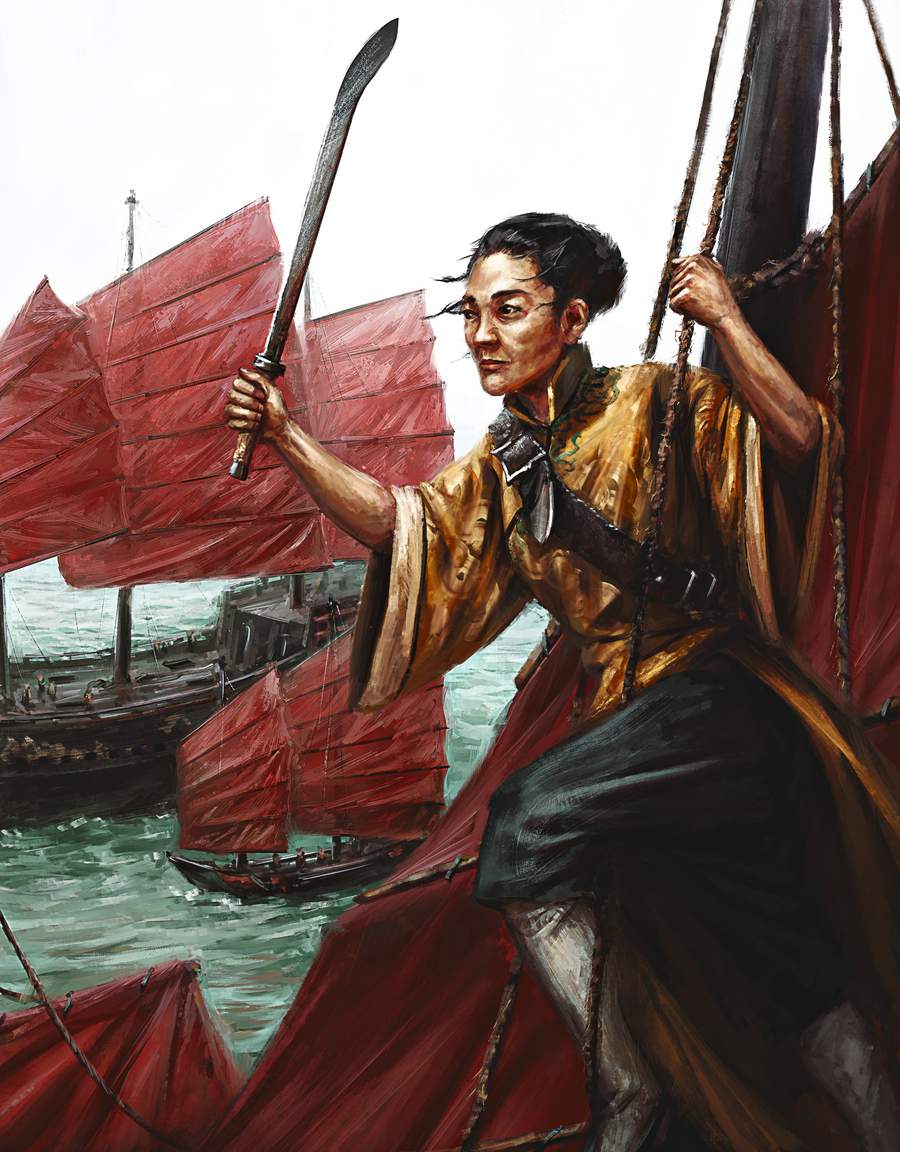
One of the most successful pirates of all time was a woman named Cheng I Sao. In the late 18th century, when she was a sex worker in Guangzhou, China, she married a pirate named Ching I, and took the name of her husband's wife, according to a case study.
According to an article in the journal Historical Reflections by Dian Murray, the pair consolidated control of the pirate gangs into a confederation. The pirate confederation was taken control of by the widow of Ching. According to Murray, the pirates were controlled by a strict code of laws. Anyone caught disobeying a superior or giving commands on his own was decapitated.
At the height of her power, she was also known as the "Pirate Queen" and controlled a fleet of 1,200 ships. The Chinese government agreed to surrender the confederation in 1810. The pirates were pardoned for their crimes, but some of them were allowed to keep their vessels and join the Chinese army. Some people took positions in the government.
There are 10 influential women in history.
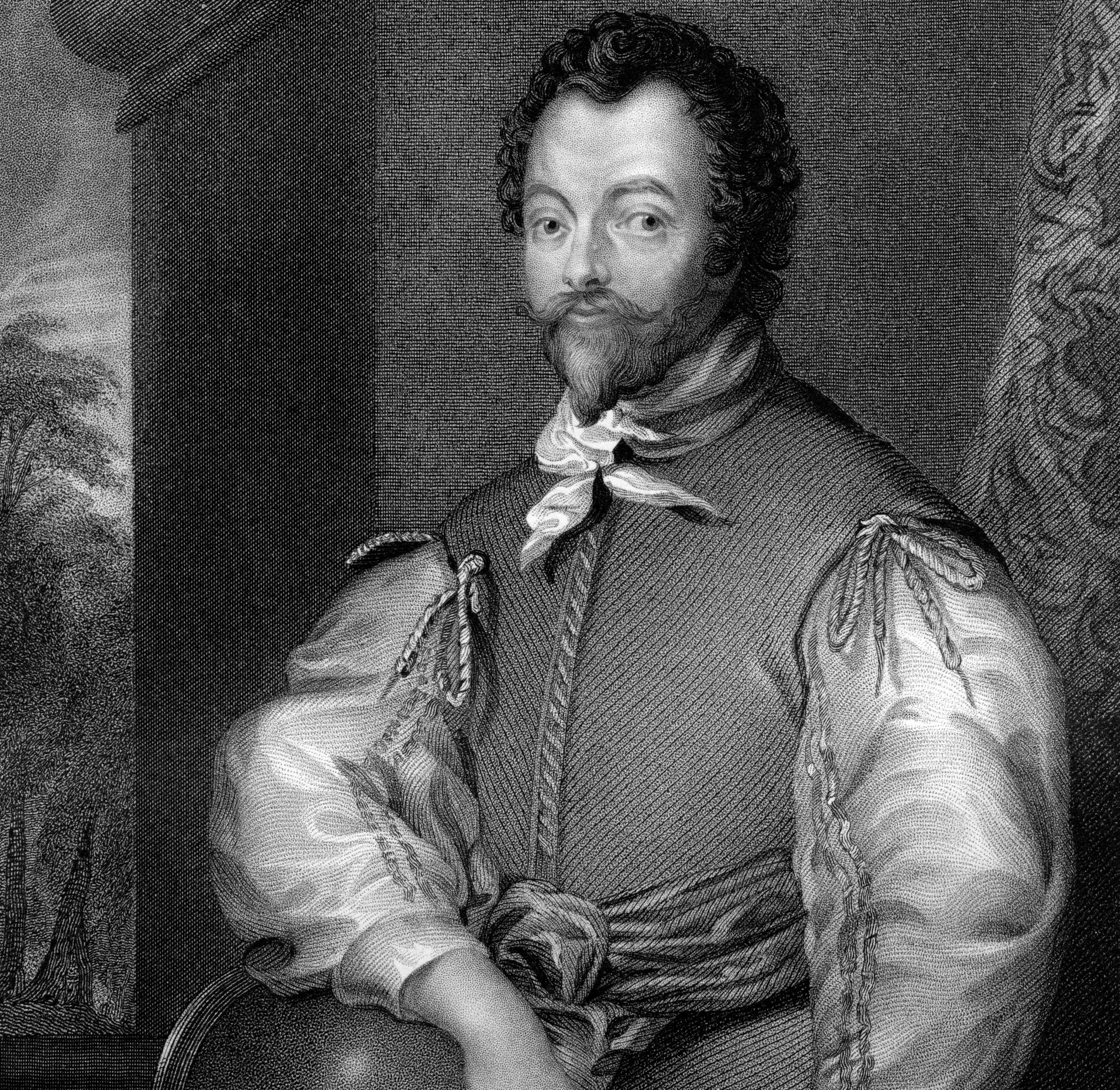
Sir Francis Drake was either a noble or an outlaw. Drake was the first Englishman to circumnavigate the globe as a sailor, according to the BBC. This feat was a result of his goal to raid Spanish ships.
According to an article on the University of Plymouth website, Drake was a menacing pirate that the Spanish nicknamed "El Draque", because he was a pirate who robbed Spanish ships. Drake shared his wealth with Queen Elizabeth I, who was knighted. He was a naval commander who fought against the Spanish Armada, a group of Spanish ships that attempted to overthrow the queen in 1588.
Drake's involvement in slavery muddies his legacy. According to Murphy, he helped start the English slave trade in Africa with his cousin and naval commander Sir John Hawkins and enslaved up to 1,400 African people. Drake died off the coast of Panama.
There is immense treasure from the sunken Spanish galleon.
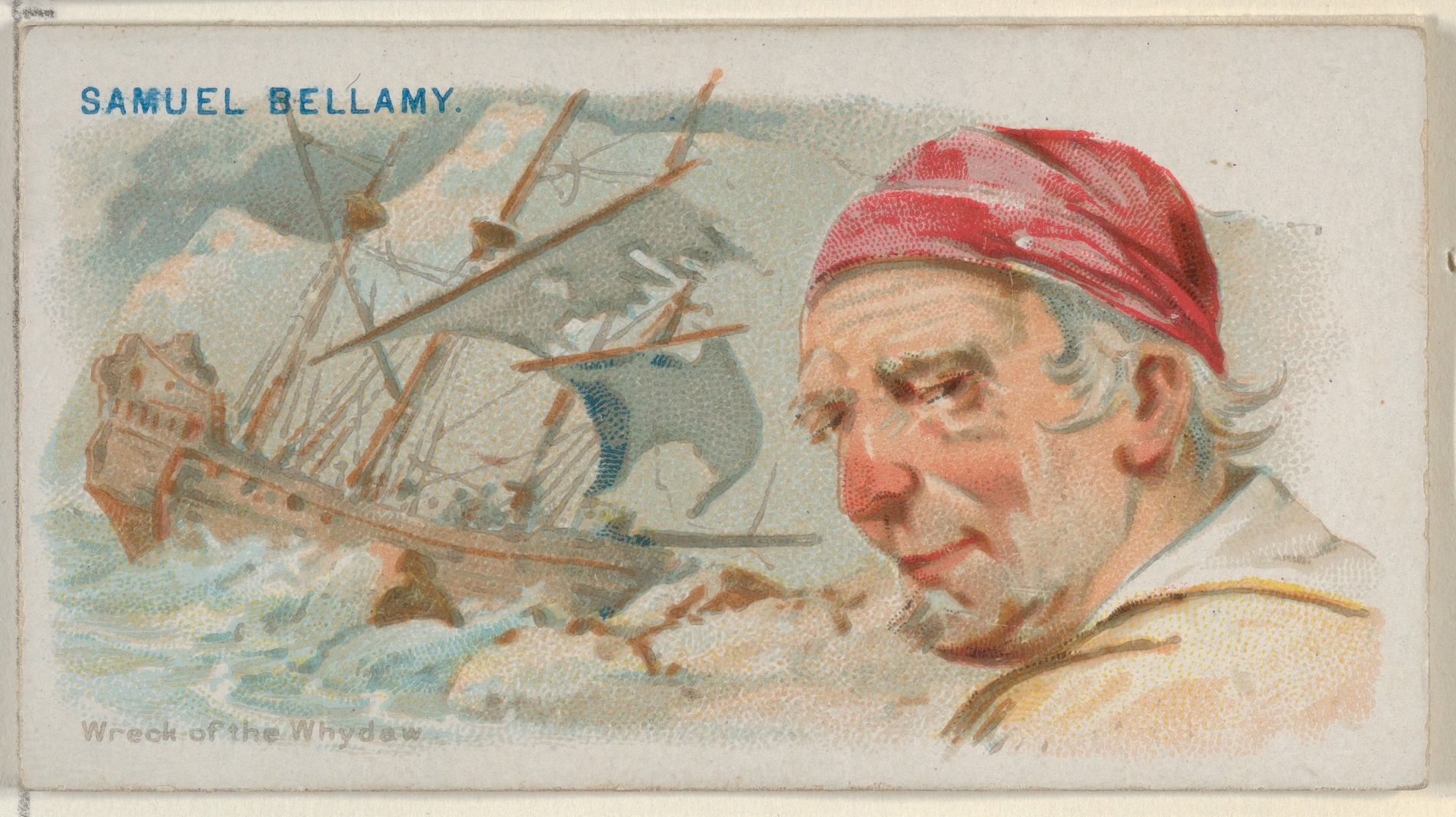
He made a name for himself during his short life, even though he was only 28 years old. According to the New England Historical Society, Bellamy was 13 years old when he began working on the high seas, and later became a pirate captain.
The Whydah Gally, a slave ship carrying a fortune in gold, silver and other goods, was captured by a pirate. The Whydah Gally left England in 1716 and took 312 people from the west coast of Africa to Jamaica. According to the Field Museum in Chicago, the ship was captured and emptied of slaves as it returned to England.
Forbes reported in 2008 that he was the highest-earning pirate of all time. Forbes estimated that he took about 120 million dollars worth of stuff. The Whydah Gally was made in 1717, but it was destroyed in a storm that year.
His nickname was "Black Sam" because he wore black wigs and a black bow. By stealing from the wealthy, he styled himself as Robin Hood of the Sea. According to the New England Historical Society, he treated his crew members as equals and spared the lives of captives.
The Sunken 17th-century pirate ship was discovered with gunpowder-packed grenades.
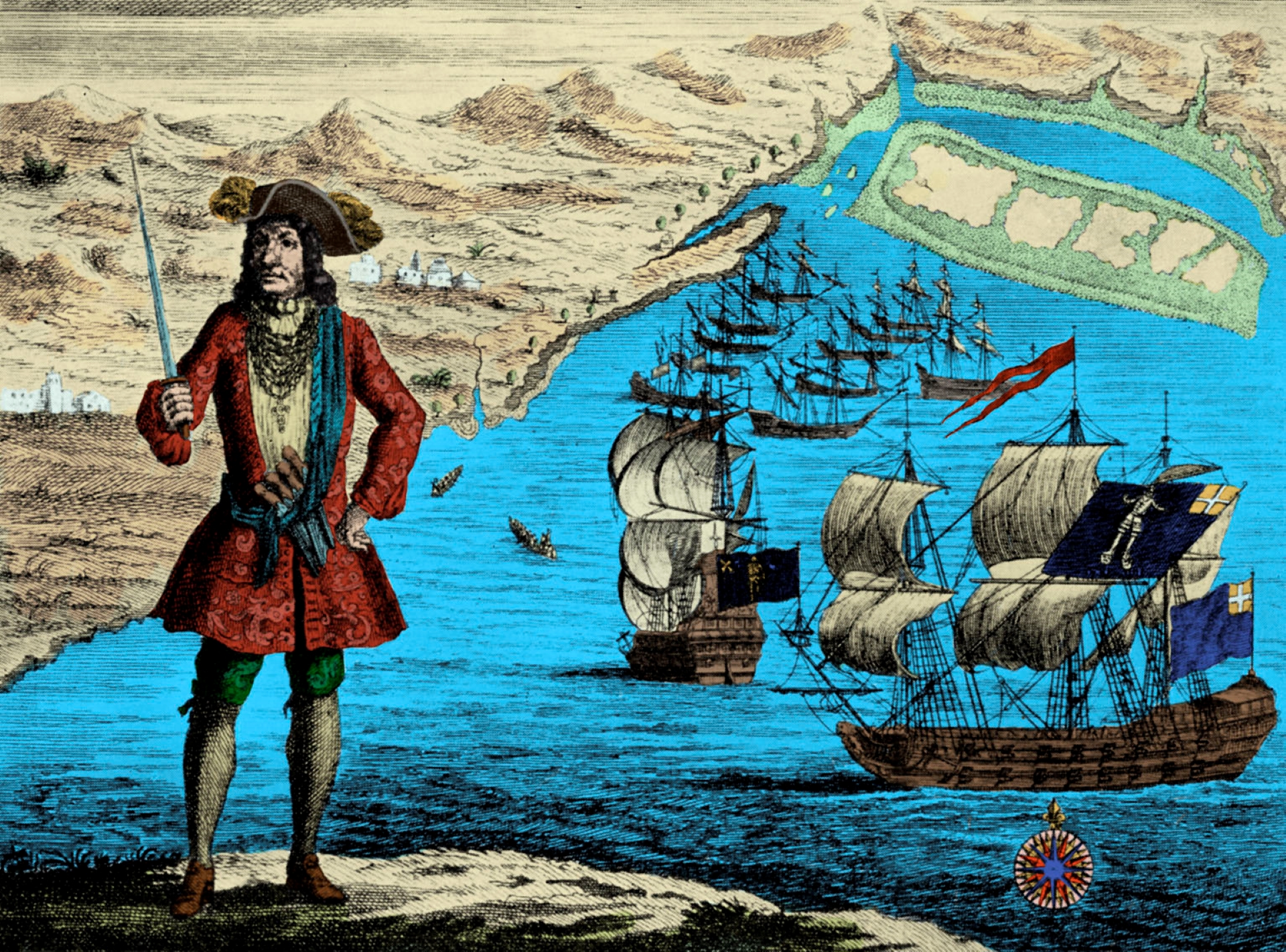
Black Bart was a tall, handsome and flamboyantly dressed pirate from Wales. He was elected captain of his own ship and crew after becoming a pirate, according to the Royal Museums Greenwich in London.
During his life, Roberts took up to 400 ships, including in the Caribbean and off the coast of Africa. He demanded gold from the captains of slave ships in exchange for their return. According to the World History Encyclopedia, Roberts burned their ship with 80 slaves trapped on board, when one of the slave captains refused.
Black Bart was killed by the British Royal Navy off the coast of Gabon in West Central Africa in 1722, after his crew members were too drunk to defend the ship. According to the National Museum of Natural History in Washington, D.C., 52 members of his crew were hanged in the largest pirate trial ever held.
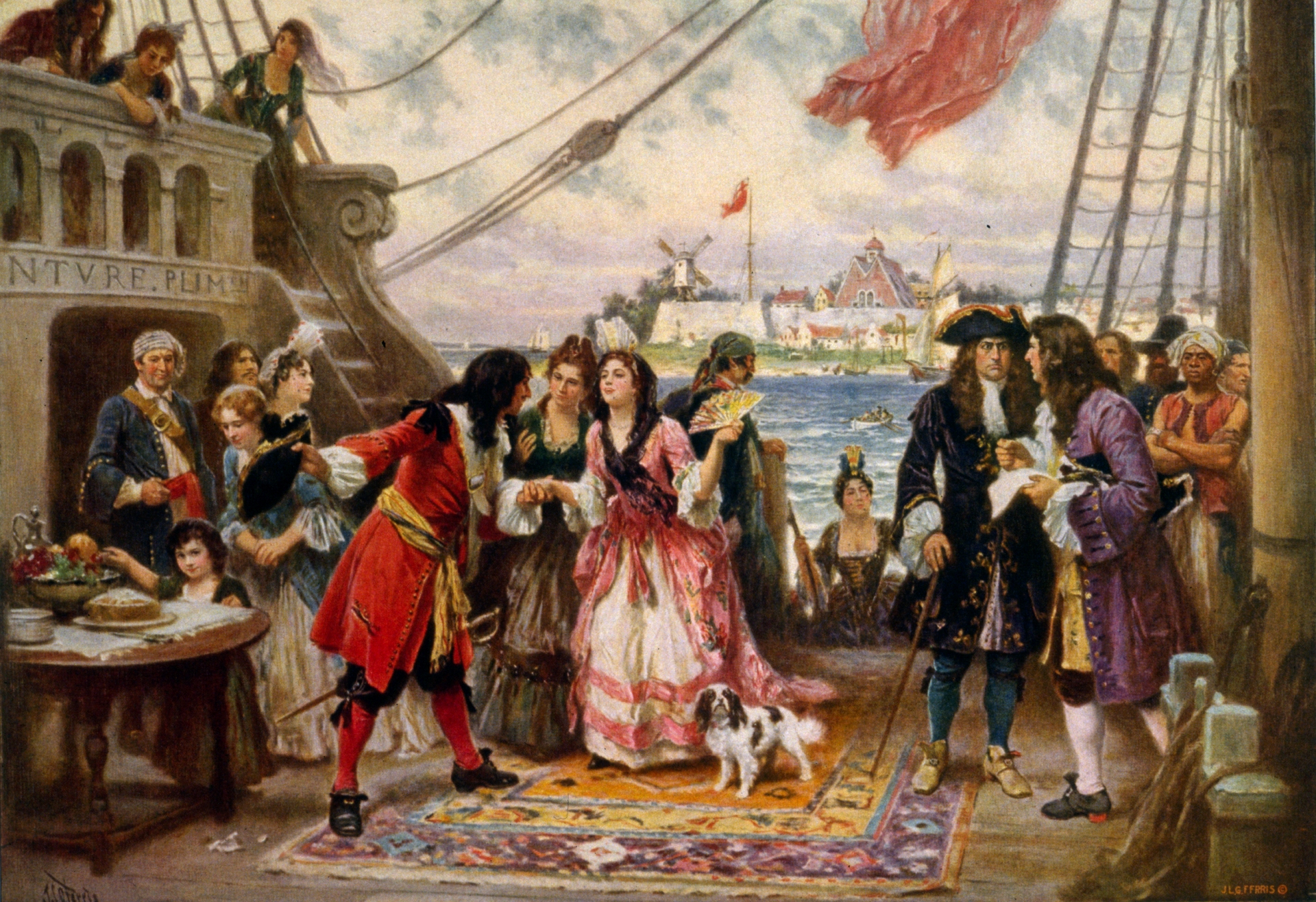
Scottish sailor William Kidd is known for walking the blurry line between privateer and free agent. Kidd was hired by the British government to arrest pirates in 1689 and was born in Scotland around 1645. He was hanged in London in 1701 for murder and piracy.
Kidd captured a merchant ship off the west coast of India in 1698. The ship was full of gold, silver, valuable silks, and other Indian goods. Kidd left the ship in the Caribbean in 1699 to clear his name and was captured in New York. Historians disagree on whether he was guilty of piracy. The wreck of the Quedagh Merchant was found in 2007.
There is a possible pirate skeleton found under the schoolyard.
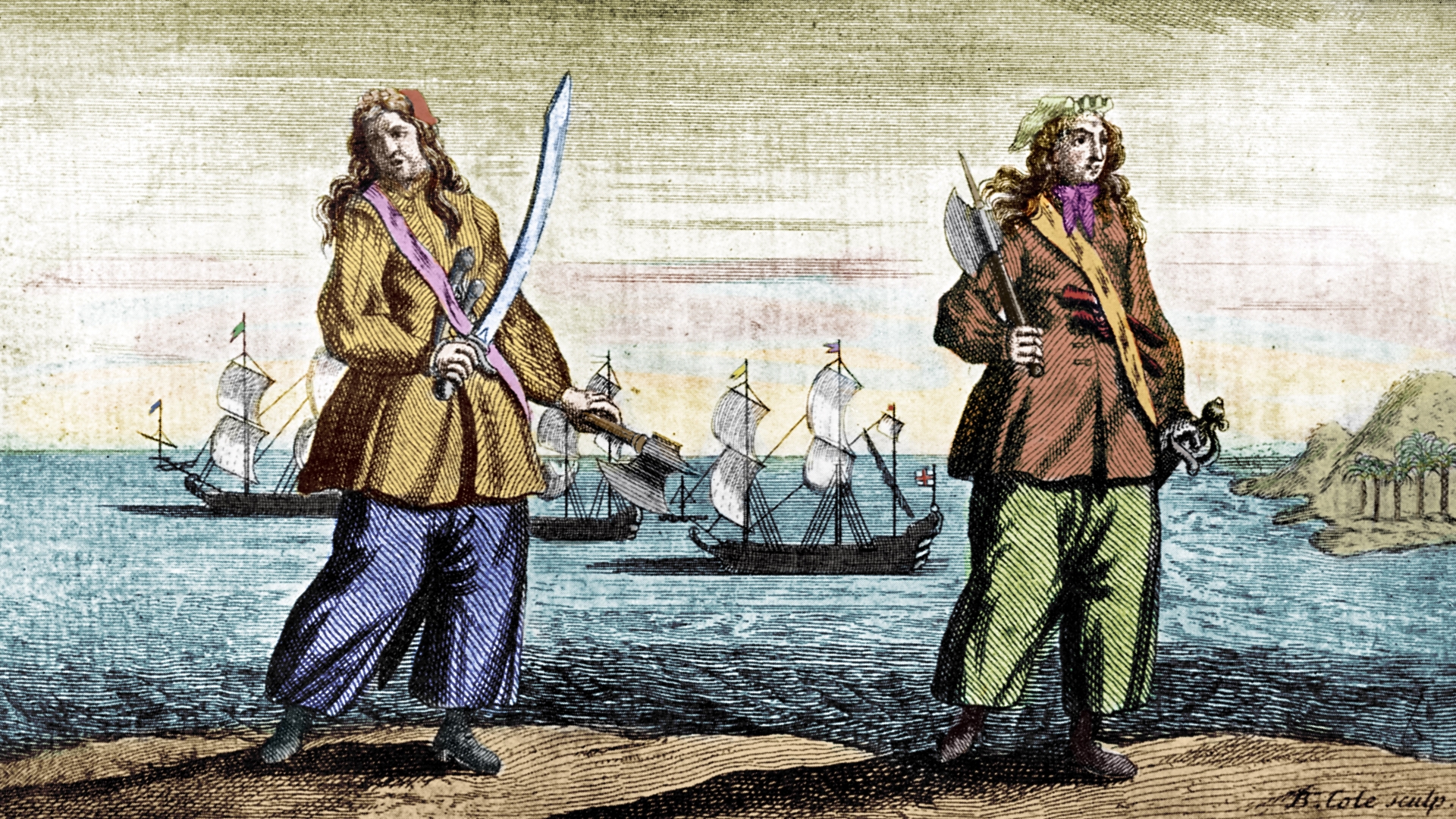
Both Anne Bonny and Mary Read were famous female pirates. The daughter of a plantation owner, who was born in Ireland in 1698, moved to South Carolina in 1699. Anne moved to the Caribbean in the early 1700s and hit the open ocean. She was pretending to be a man on the ship of Calico Jack Rackham. When the ship she was working on was captured by Rackham, Read joined the crew dressed as a man.
On the high seas, Bonny and Read became friends. They wore jackets and trousers and fought with a machete and a pistol. A victim of their piracy testified that they were very active on the ship and that they were willing to do anything. The crew of Rackham's ship were captured off Jamaica in 1720 and put on trial, but they avoided the gallows because they were pregnant. Read died in prison from a disease. Her father brought her back to South Carolina after she was released from prison.
Colin Woodard wrote The Republic of Pirates: Being the True and Surprising Story of the Caribbean Pirates and the Man Who Brought Them Down. There is an audio series called "The Truth About Pirates" by the Royal Museums Greenwich. The Indiana University website has more information on the discovery of the Quedagh Merchant.
A General History of the Pyrates was written by Captain Charles Johnson.
Colin Woodard is the author of The Last days of Blackbeard.
Elaine Murphy is a professor at the University of Plymouth. Examining Sir Francis Drake's legacy of exploration.
Forbes has a story about top earning pirates.
The University of Oxford has a project on the history of capitalism.
"If There's a Man Among Ye: The Tale of Pirate Queens Anne Bonny and Mary Read" was published in August 2011.
The Captain Kidd ship was found on December 13, 2007.
One Woman's Rise to Power: Cheng I's Wife and the Pirates was published in Fall 1981.
The National Park Service has a description of Blackbeard.
The Boatload of Ginseng That Launched the China Trade was published by the New England Historical Society.
Bartholomew Roberts is larger than life, better than fiction.
The Female Pirates (From an Old Print) was written by Anne Bonny and Mary Read. Thermgc-object-157040 is in the collection of the Rmg.co.uk.
The National Museum of Natural History has a biography of Captain Bartholomew Roberts.
The history of Sir Francis Drake can be found at thebbc.co.uk.
William Kidd was the editor of Encyclopedia Britannica.
The pirate ship Whydah was in the field museum in 2009.